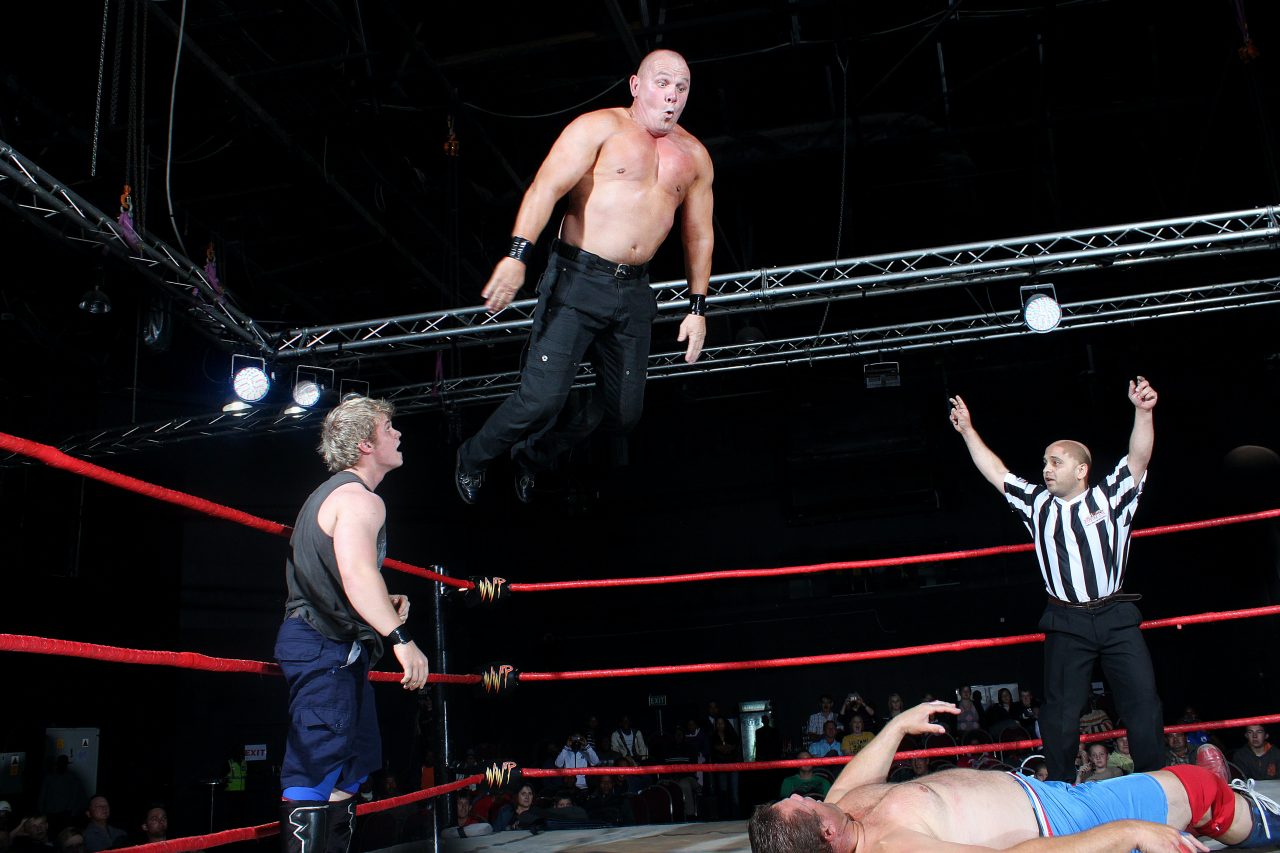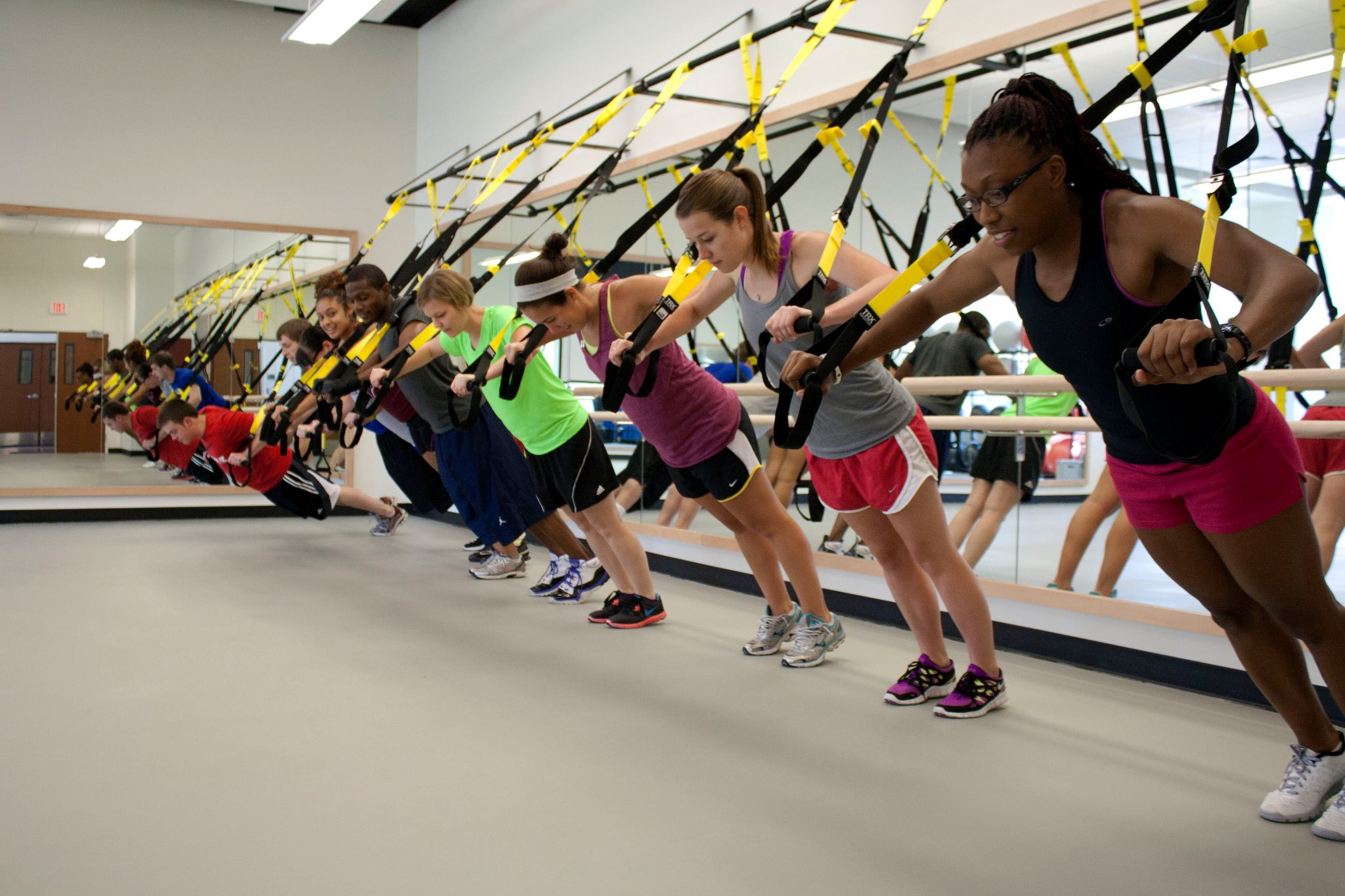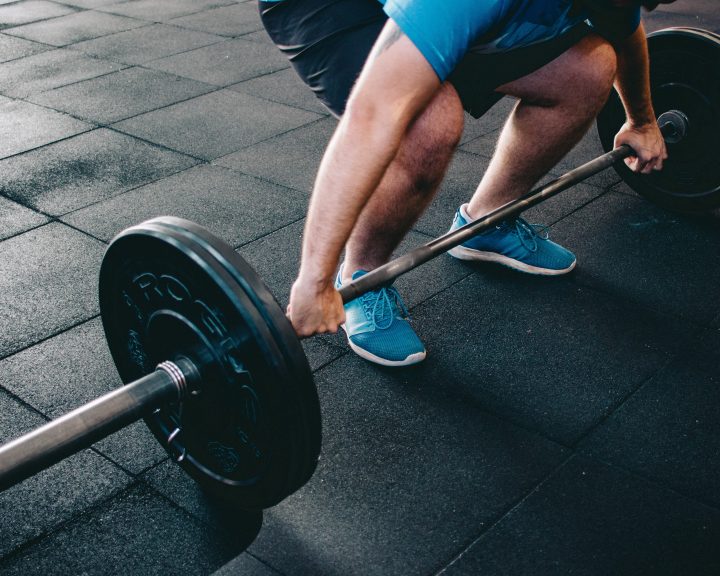Athletic strength and conditioning has two purposes, prevent injuries and give athletes the physical tools for success. One of the challenges that a strength and conditioning coach has with this is that much of what we do in the weight room is about exerting force vertically. Think about it, we sit down and stand up for squats. We sit down and stand up for deadlifts. Same with Olympic lifts. We push the bar straight up in presses. You see where I’m going here.
Many sports skills require the horizontal application of force. For example, in sprinting we are moving forward (or backwards). When we throw a baseball or softball we are shifting our weight from the back to the front and levering off our front leg to throw it forward. Passing a basketball, hitting a baseball or softball, most of the throws in track and field, the horizontal jumps in track and field, the vertical jumps in track and field require sprinting. In other words this is a really important ability!
This is also something the weight room does a poor job developing. There are a number of tools that can help an athlete develop the ability to apply force horizontally. These will each be explored in more detail in future blog posts:
1. Weight room strength: Yes I did just say that the weight room largely develops vertical strength, but this is still a good foundation for everything.
2. Resisted sprints: Specificity for sprinting so long as technique remains solid.
3. Sleds: Great way to train exerting force in a horizontal direction
4. Bounds: Bounds for distance are another way to teach the application
5. Horizontal jumps: These make an athlete apply all that strength and power in a horizontal direction
6. Medicine ball throws: Again, teaches application




